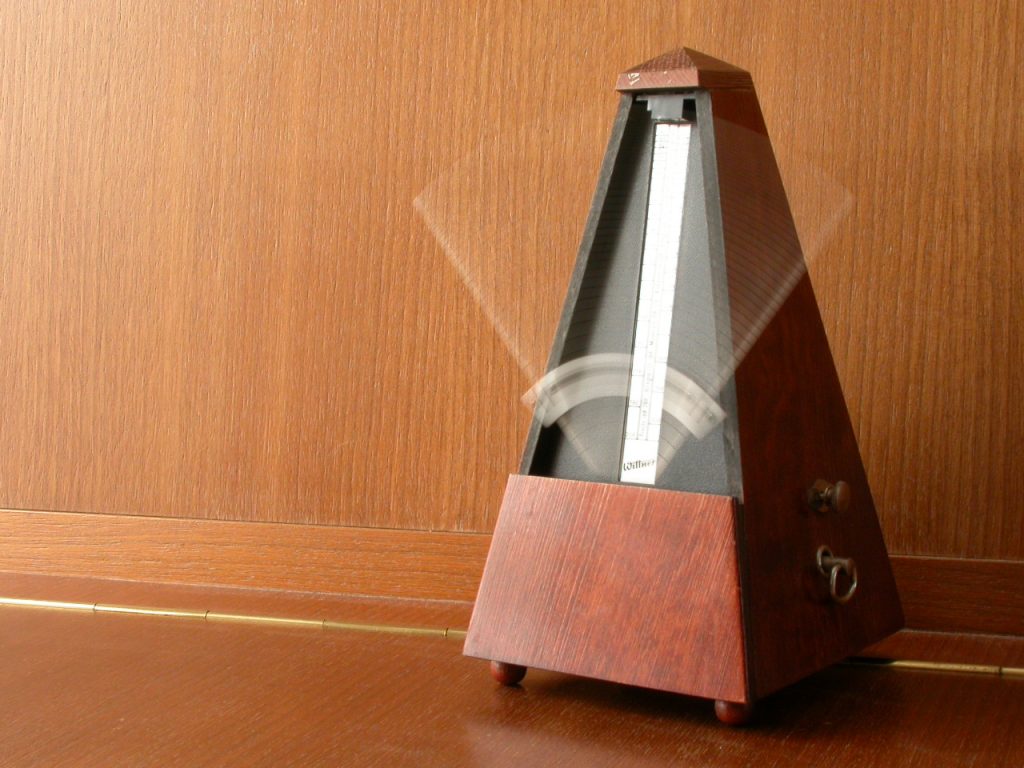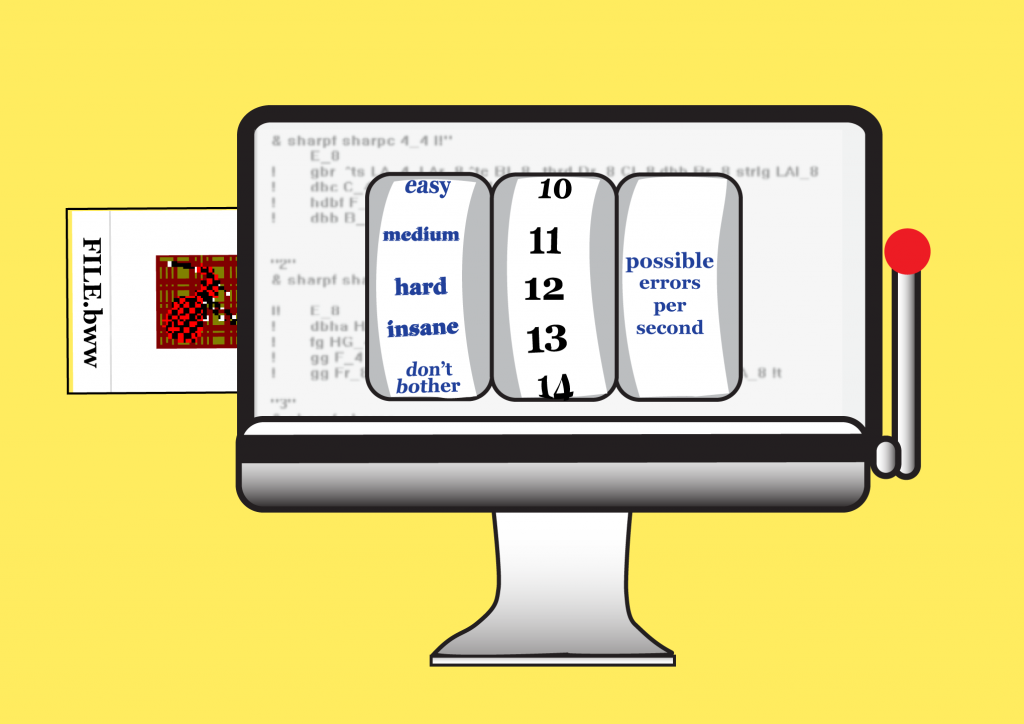How to Use a Metronome to Improve Your Piping

Do you know pipers who say they never use a metronome because they “already play on the beat”, or they never saw the benefit of using one? Have you ever tried to play the practice chanter or the pipes while using a metronome, but got frustrated because it was nearly impossible to play “on the beat”?
The metronome is a highly accurate and useful tool that, when used appropriately, can vastly improve our rhythmic accuracy and musicality. Yes, it is also an unrelenting truth detector. This article will give an overview of how to approach using a metronome to improve our playing.
There are many types of metronomes on the market today. For the most part, long gone are the days of the “swinging arm” metronome that you may have seen on top of an antique piano in your grandmother’s parlor. And that’s just as well, because those spring-driven metronomes were never as accurate as today’s digital metronomes. Small, handheld metronomes are numerous and offered by such manufacturers as Korg and Peterson, among many others. Peterson offers several types of digital metronomes, including a model called the BodyBeat Sync, which is capable of transmitting the beat by visual, aural and tactile means. The BodyBeat Sync can also be “paired” with other units, with one acting as the “master”, and the other as slaves that beat in absolute synchrony with the master. This feature allows several performers to hear precisely the "click" of the master unit. And now with smart phones, very capable “apps” have been developed, most of which are free to the user. Recently, Peterson introduced such a free app known as “Body Beat”. This metronome has all the features, from basic to advanced, which would be ideal for the purpose of most pipers.
So, after you’ve acquired either a small hand held metronome, or one of the many apps, what’s the best approach to use it to improve our playing? First, be sure that you completely understand the tune’s time signature and where in the music score the downbeats and offbeats occur. For example, a 4/4 time signature, also known as “common time”, means that there are four beats in a bar, and the quarter note gets the beat. Thus, set the metronome so that you hear single “clicks”, and at a slow enough tempo that you can play accurately each note or embellishment precisely on the beat, or click. Remember, the High G gracenote, either as the only embellishment or at the beginning of an embellishment, falls on the beat. Therefore, the gracenote should occur precisely on each click of the metronome. Try to get every beat gracenote, most often a High G gracenote, so synchronized with the click of the metronome that you can barely hear the metronome’s click. At Dojo U, we like to use the term “total eclipse” of the beat.
For our first example, see Figure 1, which is a simple scale run in 4/4 time. The arrows indicate the beats in each bar, and thus, where the clicks of the metronome should occur.

Play this scale run using the metronome. Set the tempo of the metronome to 50 beats per minute (bpm). Tap your foot on each click. Specifically, your foot should hit the floor precisely on a click, and each gracenote should align with a click. Note the thumb gracenote to High G in the second bar.
Now, try the same thing with the scale run in Figure 2. We will play this in "double time", where each eighth note now gets a click. Set the metronome to 100 bpm, which is actually still 50 bpm in single time. In this example, every downbeat and offbeat gets its own click.
Yes, that tempo at first glance may seem fast, but that's because each eighth note now gets a click because we're using double time. The actual tempo remains 50 bpm. In this example, the first note of each group represents a downbeat, and it gets a click, and the second note, the offbeat or upbeat, also gets a click. Observe that the last note in this example is a quarter note, and it gets two clicks. Setting a metronome to play in double time is a great way to assure that both the downbeats and offbeats are played with the correct rhythm.
Lastly, try the same scale run of eighth notes as above, but this time set the metronome back to single-time of 50 bpm. Now, only the downbeats get a click. See Figure 3.
This article has only scratched the surface about how to use a metronome with piping. Here, we have used the most basic time signature, 4/4, to explore the concept of where the gracenote or melody note should be played relative to the click of the metronome. For practice, consider taking one of your favorite 4/4 marches, mark on the score where each beat or upbeat occurs, and use the metronome. Remember to set the metronome to a low enough tempo so that you can play all of the notes and embellishments correctly.
In future articles, we will explore using the metronome with more complex time signatures, such as 2/4, 6/8, and others. Lastly, remember that the metronome is an exceedingly useful and accurate tool to help us learn to develop our own rhythmic accuracy as we strive to always “play to the foot”!







Responses